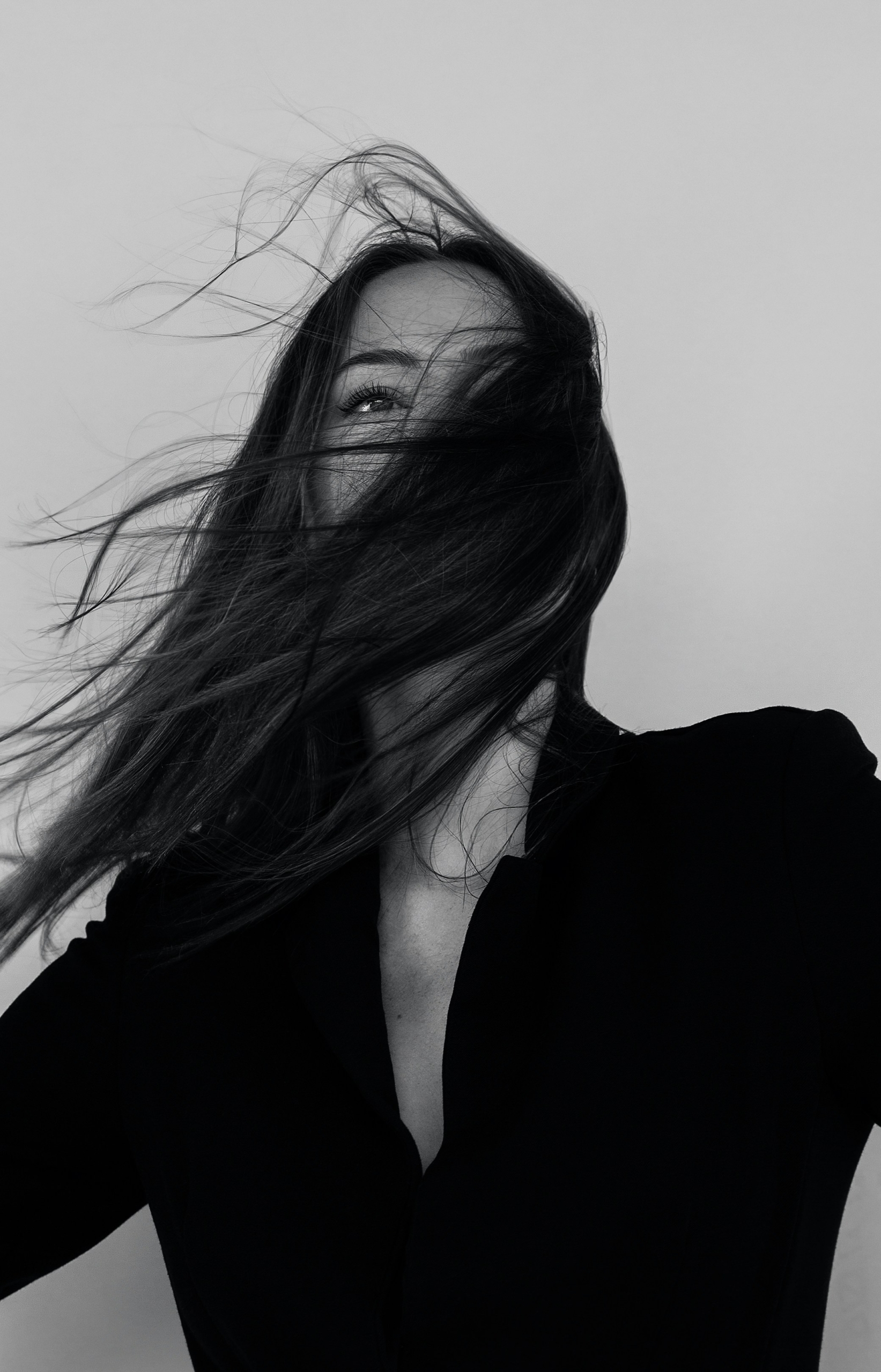Contrast and Color Analysis
According to the Cambridge Dictionary, contrast is defined as “an obvious difference between two or more things.” In color analysis, contrast refers specifically to the differences among your skin, eyebrows, eyes, and hair colors. The greater these differences, the higher or stronger the contrast.
The issue arises from the 1980s and 1990s when many color analysis systems began categorizing contrast into three levels—low, medium, and high—and using these levels as filters to eliminate colors before even performing the draping test. This was a significant mistake, and here’s why.
First, let me clarify something: Your contrast level alone cannot determine your color palette. Proper color analysis requires understanding the interaction between you, the light, and the colors that reflect off the fabrics (drapes) onto your face. This is the most challenging and crucial phase of color analysis, where thorough training is essential, and where the true definition of your color palette emerges.
Generally, your contrast level will align with certain color palettes. For example, low-contrast individuals often have lighter color palettes. However, this doesn’t always mean they belong to the Light Spring or Light Summer categories; they could be Soft Autumn or a Bright Spring, for instance.
My point is that we are too diverse to use contrast as a strict rule. Most of us don’t fit perfectly into the 12 standard color palettes, let alone into just three contrast level. Contrast can be a useful tool strategically, but it shouldn’t be the sole determinant of your color palette, as this can lead to inaccurate results.


